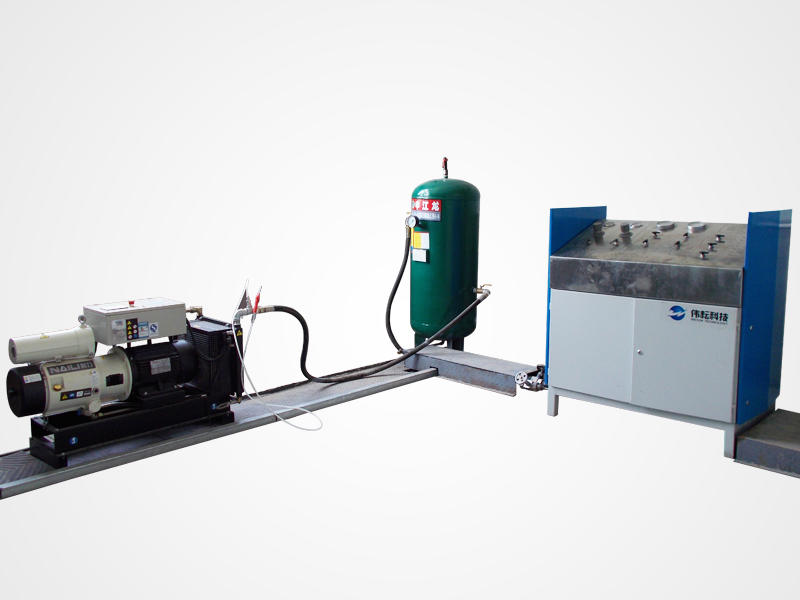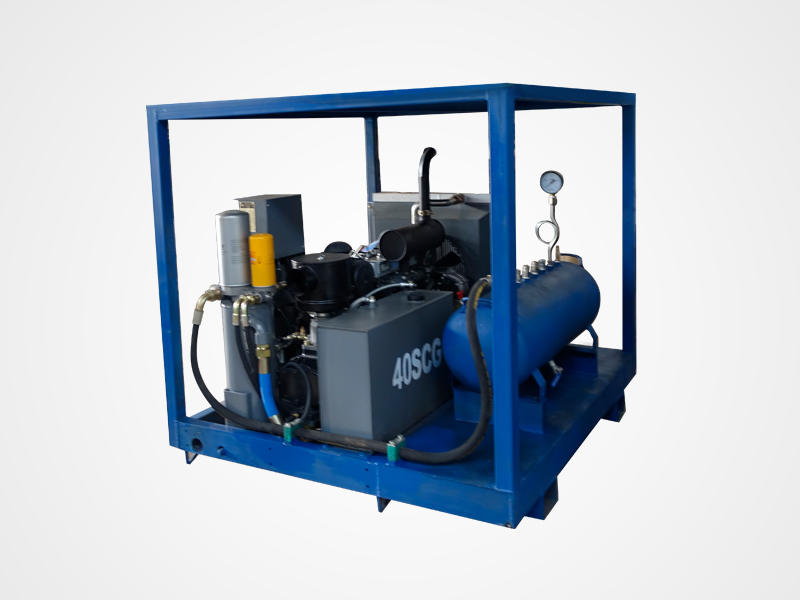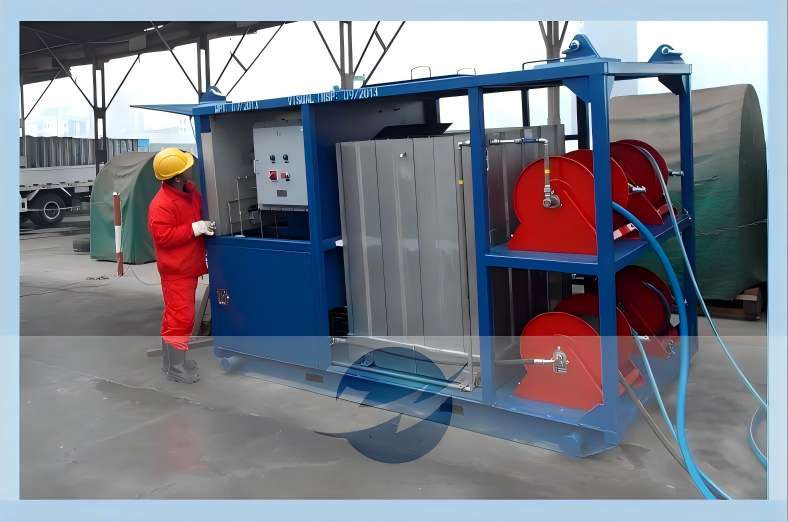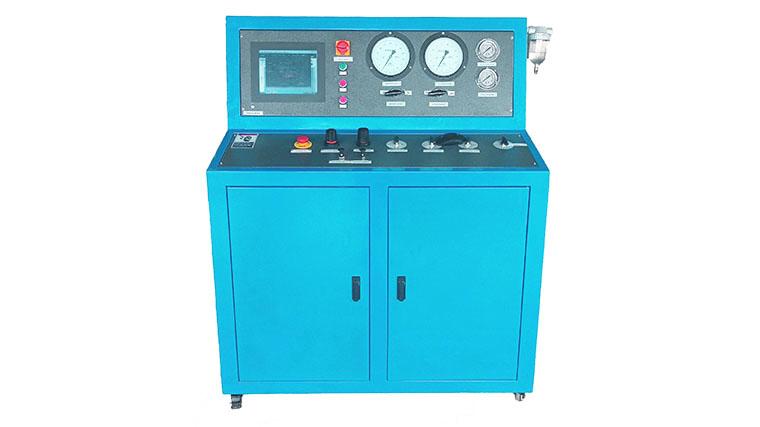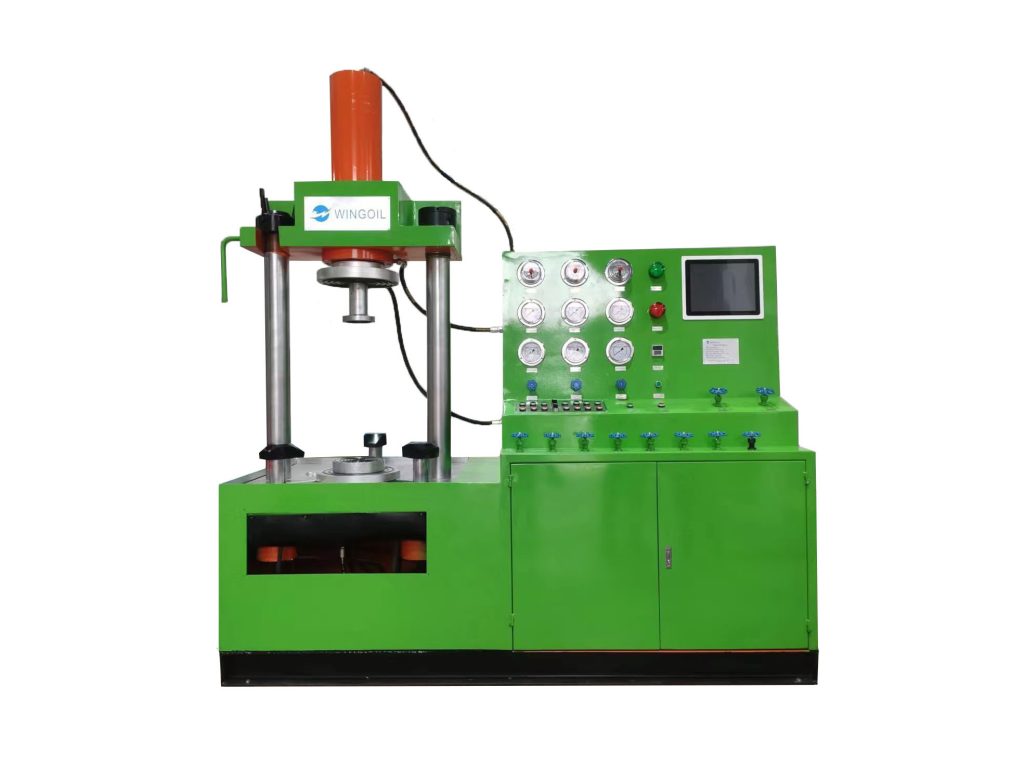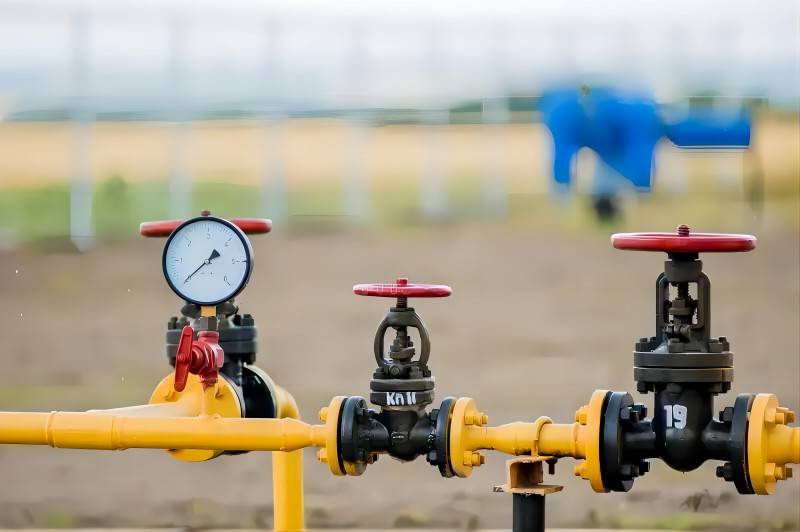How to Conduct a Pneumatic Pressure Test on Oilfield Equipment?
Pneumatic pressure testing is a non-destructive testing method used to verify the integrity of pressure-containing equipment. It is a common method used to test oilfield equipment, such as pipelines, valves, and vessels. Pneumatic pressure testing is performed using compressed gas, such as air or nitrogen. In this article, we will discuss the safety methods of using a pneumatic pressure testing machine.
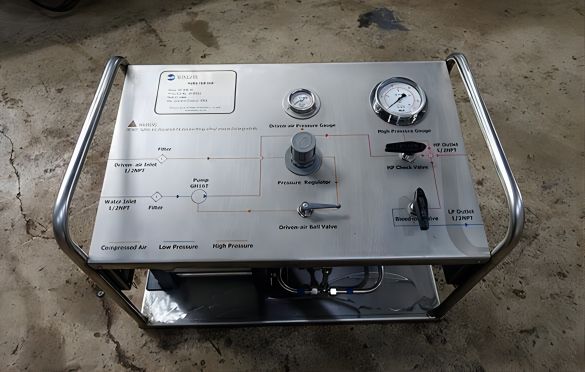
Benefits of Pneumatic Pressure Testing
There are several benefits to using pneumatic pressure testing to test oilfield equipment, including:
- It is a relatively simple and inexpensive method to perform.
- It is a non-destructive method, meaning that it does not damage the equipment being tested.
- It is a versatile method that can be used to test a wide variety of oilfield equipment.
- It is a relatively safe method, provided that proper safety precautions are followed.
Safety Precautions for Pneumatic Pressure Testing
It is important to follow all applicable safety precautions when performing pneumatic pressure testing. Some general safety precautions include:
- Always wear appropriate personal protective equipment (PPE), such as safety glasses, gloves, and hard hat.
- Ensure that the test area is well-ventilated and free of obstructions.
- Be aware of the potential hazards associated with compressed gas, such as explosions and fires.
- Use a pressure relief valve to prevent the test pressure from exceeding the design pressure of the equipment being tested.
- Monitor the test pressure closely and reduce the pressure immediately if any leaks are detected.
Equipment Required for Pneumatic Pressure Testing
The following equipment is required to perform pneumatic pressure testing:
- Pneumatic pressure testing pump: A pneumatic pressure testing pump is used to generate the compressed gas needed to pressurize the equipment being tested. Pneumatic pressure testing pumps come in a variety of sizes and pressure ratings. The appropriate pump to use will depend on the size and pressure rating of the equipment being tested.
- Pressure gauge: A pressure gauge is used to measure the pressure in the equipment being tested. Pressure gauges come in a variety of accuracy classes and pressure ratings. The appropriate pressure gauge to use will depend on the required accuracy of the pressure test and the pressure rating of the equipment being tested.
- Leak detector: A leak detector is used to detect any leaks in the equipment being tested. Leak detectors come in a variety of types, including electronic leak detectors, soap bubble leak detectors, and ultrasonic leak detectors. The appropriate leak detector to use will depend on the type of equipment being tested and the sensitivity required for the pressure test.
- Safety valve: A safety valve is used to prevent the test pressure from exceeding the design pressure of the equipment being tested. Safety valves come in a variety of sizes and pressure ratings. The appropriate safety valve to use will depend on the size and pressure rating of the equipment being tested.
- Fittings and hoses: Fittings and hoses are used to connect the pneumatic pressure testing pump, pressure gauge, leak detector, and safety valve to the equipment being tested. Fittings and hoses must be rated for the pressure rating of the equipment being tested.
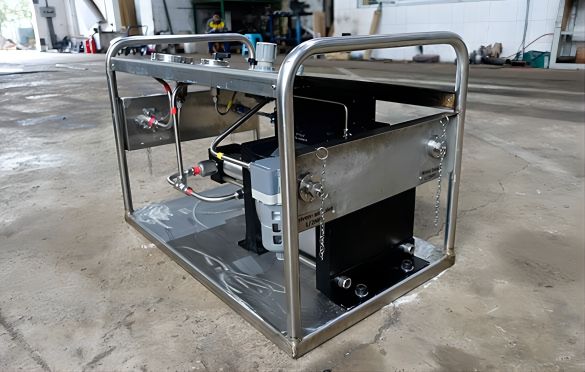
Pneumatic Pressure Testing Procedure
The following steps outline a typical pneumatic pressure testing procedure for oilfield equipment:
- Isolate the equipment to be pressure tested from the rest of the system. This can be done by closing valves or disconnecting fittings.
- Connect the pneumatic pressure testing pump to the equipment to be pressure tested. Use appropriate fittings and hoses to connect the pump to the equipment.
- Connect the pressure gauge and leak detector to the equipment to be pressure tested. The pressure gauge should be connected to a location where it will be easy to read. The leak detector should be connected to a location where it will be able to detect any leaks in the equipment.
- Close the safety valve. This will prevent the test pressure from exceeding the design pressure of the equipment being tested.
- Slowly increase the pressure in the equipment to be pressure tested until it reaches the desired test pressure. The test pressure should be 110% of the design pressure of the equipment being tested.
- Hold the test pressure for the required amount of time. The required test time will vary depending on the type of equipment being tested. Typically, the test pressure should be held for at least 30 minutes.
- Slowly reduce the pressure in the equipment to be pressure tested.
- Inspect the equipment for leaks using the leak detector. If any leaks are found, repair them and repeat the pressure test.
- Once the pressure test is complete, disconnect the pneumatic pressure testing pump, pressure gauge, and leak detector from the equipment to be pressure tested.
- Reopen the safety valve and reconnect the equipment to be pressure tested to the rest of the system.
Documentation
It is important to document the results of the pressure test. The documentation should include the following information:
- Date of the test: The date on which the pressure test was performed.
- Equipment being tested: A detailed description of the equipment that was pressure tested, including the manufacturer, model number, and serial number.
- Test pressure: The pressure at which the equipment was tested.
- Test duration: The amount of time that the equipment was held at the test pressure.
- Results of the test: Whether the equipment passed or failed the pressure test.
- Signature of the person who performed the pressure test: The signature of the person who performed the pressure test is required to certify that the test was performed properly.
- Weather conditions: The weather conditions at the time of the pressure test, such as the temperature and humidity.
- Test environment: The environment in which the pressure test was performed, such as whether it was performed indoors or outdoors.
- Test procedure: A detailed description of the procedure that was followed to perform the pressure test.
- Calibration of test equipment: The calibration date of the pressure gauge and leak detector used to perform the pressure test.
- Repairs: If any repairs were made to the equipment prior to the pressure test, a description of the repairs should be included in the documentation.
- Recommendations: If the equipment fails the pressure test, the documentation should include recommendations for repairing the equipment.
The documentation should be kept on file for future reference. This documentation can be used to prove that the equipment was properly tested and that it meets the required safety standards.
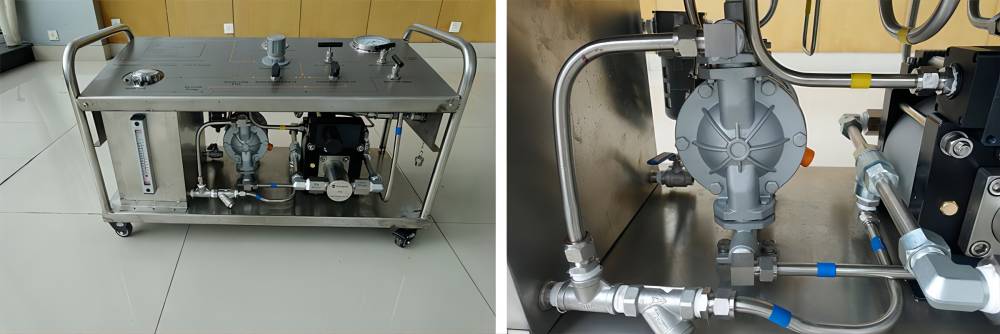
Conclusion
Pneumatic pressure testing is a valuable tool for verifying the integrity of oilfield equipment. It is a relatively simple, inexpensive, and versatile method that can be performed using a variety of equipment. However, it is important to follow all applicable safety precautions when performing pneumatic pressure testing.

